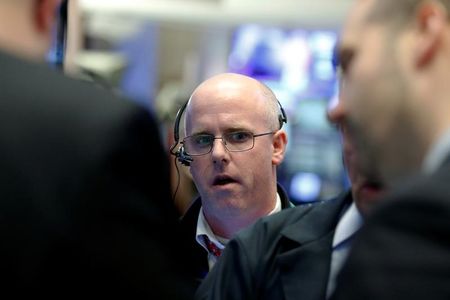Follow us on LinkedIn
When it comes to economics and understanding the flow of goods and services in an economy, one of the most commonly used models is the circular flow model.
This model depicts how money and goods move through an economy between households, firms, and governments.
It is a simple yet very crucial model for understanding the functioning of an economy and its key players. By understanding how the circular flow model works, it will be easier to gain insights into how different policies and strategies affect the economy.
What is the Circular Flow Model?
The Circular Flow Model is a simple depiction of how money travels within an economy. It shows that money goes from businesses to workers as their pay, and then returns to businesses when workers buy goods and services.
This creates a continuous loop of money movement. But it’s more than just the movement of money – it also represents the flow of goods and services in an economy.
It also represents a country’s gross domestic product (GDP), which is the total value of all goods and services produced within a country’s borders. This highlights the importance of understanding and analyzing the circular flow model.
How Circular Flow Model Works
The Circular Flow Model works by showing how money circulates in an economy. Businesses pay wages to employees, who then spend their earnings on goods and services produced by these businesses.
This spending returns as revenue to the businesses, enabling them to pay wages again, creating a continuous cycle of money flow. However, this basic model doesn’t capture the complexity of a real-life economy.
Therefore, economists have added more elements to account for other income sources and expenditures, like government intervention and foreign trade. These additions help to calculate a country’s total economic activity or Gross Domestic Product (GDP).
Different Sectors of The Circular Flow Model
Here are the sectors included in the Circular Flow Model:
- Households
The first and probably the biggest sector of the circular flow model is households. Households provide labor to businesses in exchange for wages and use their income to purchase goods and services from businesses.
This means that they are both suppliers of labor and demanders of goods and services.
- Businesses
Businesses consume a variety of resources, including labor, land, and capital to produce goods and services. They then sell these goods and services to households, generating revenue.
Businesses are both suppliers of goods and services (output) and demanders of resources (inputs).
- Governments
Governments play a significant role in the circular flow model by collecting taxes from households and businesses and spending that money on various goods and services, such as public infrastructure and social programs.
- Foreign Sector
The foreign sector represents the rest of the world’s involvement in an economy. It includes exports, which are goods produced domestically and sold abroad, and imports, which are goods produced abroad but bought domestically
- Financial Sector
The financial sector is part of the circular flow model that deals with financial transactions, such as savings, investments, loans, and interest rates.
It connects all other sectors by providing a means for businesses to secure funding for production and households to save or borrow money.
Conclusion
The circular flow model is a fundamental concept in economics that helps us understand how different sectors of an economy interact with each other. By incorporating various economic activities, it offers a more comprehensive view of how money and goods move within an economy. This model is crucial for policymakers and analysts as it provides valuable insights into the effects of different policies and decisions on the overall functioning of an economy.
Further questions
What's your question? Ask it in the discussion forum
Have an answer to the questions below? Post it here or in the forum




